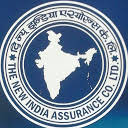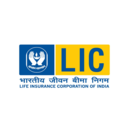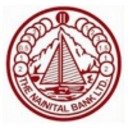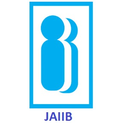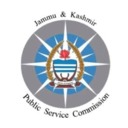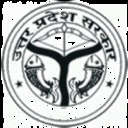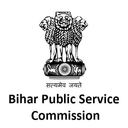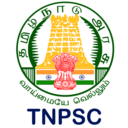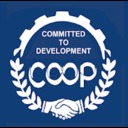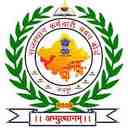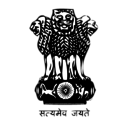Question :
Directions : Read the passage carefully and answer the questions that follow.
Simon had never seen himself as a leader. While others seemed to step into leadership roles with confidence and ease, he hesitated, questioning his abilities at every turn. His impulse was always to step back rather than take charge, convinced that someone else would make a better decision than he could. His scepticism about his own leadership skills was not born out of laziness or disinterest - it was a deep-seated fear of failure, a nagging doubt that he might not have what it took to guide others effectively.
His struggles became most evident when he was promoted to a managerial position at work. Suddenly, people looked to him for direction, expecting clear decisions and firm leadership. The pressure was overwhelming. Every decision felt like a test, and his tendency to second-guess himself only made things worse. His team sensed his hesitation, and their uncertainty mirrored his own. Productivity suffered, and so did morale. Simon knew he had to change, but he wasn't sure how.
The key to overcoming his self-doubt, he soon realized, was education and experience. He decided to immerse himself in leadership development, reading books on decision-making, attending workshops, and seeking mentorship from experienced leaders. He discovered that leadership wasn't about having all the answers - it was about learning how to find them. It wasn't about being fearless, but about managing fear and pushing forward despite uncertainty. One of the most valuable lessons he learned was how to control his impulses. Where he once acted out of fear, he now practised self-awareness, recognizing when hesitation stemmed from insecurity rather than rational caution. He developed a habit of writing down his thoughts before making decisions, allowing himself to assess situations objectively rather than reacting emotionally. Slowly, his confidence grew.
His biggest test came when his team faced a major crisis. A critical project was falling behind schedule, and tensions were high. Simon felt the familiar pull of self-doubt - he wanted to wait, to let someone else take control. But this time, he recognized the moment for what it was: an opportunity to apply everything he had learned. Instead of hesitating, he called his team together and laid out a clear action plan. He listened to their concerns, delegated responsibilities effectively, and made decisive choices. It wasn't perfect - no leadership ever is - but it was a turning point. His team responded positively, rallying behind his leadership, and the project was successfully ___(A)___.
From that moment on, Simon saw himself differently. He understood that leadership was not about being born with a certain set of skills, but about developing them over time. The key to his growth had been persistence, self-reflection, and the willingness to learn. By embracing his doubts rather than letting them control him, he became a stronger leader, one who understood that uncertainty was not a weakness, but a challenge to overcome. His journey was far from over, but he now faced the future with confidence, knowing that the key to leadership wasn't perfection - it was growth.
What was the primary consequence of Simon's hesitation in his new managerial role?
1. His colleagues began questioning his authority.
2. His team mirrored his uncertainty, leading to reduced productivity and morale.
3. He was demoted due to his indecisiveness.
4. His workload increased as he avoided delegation.
5. He realized leadership was not the right fit for him.
 Study Notes
Study Notes Mock Tests
Mock Tests Previous Year Papers
Previous Year Papers Category
Category






